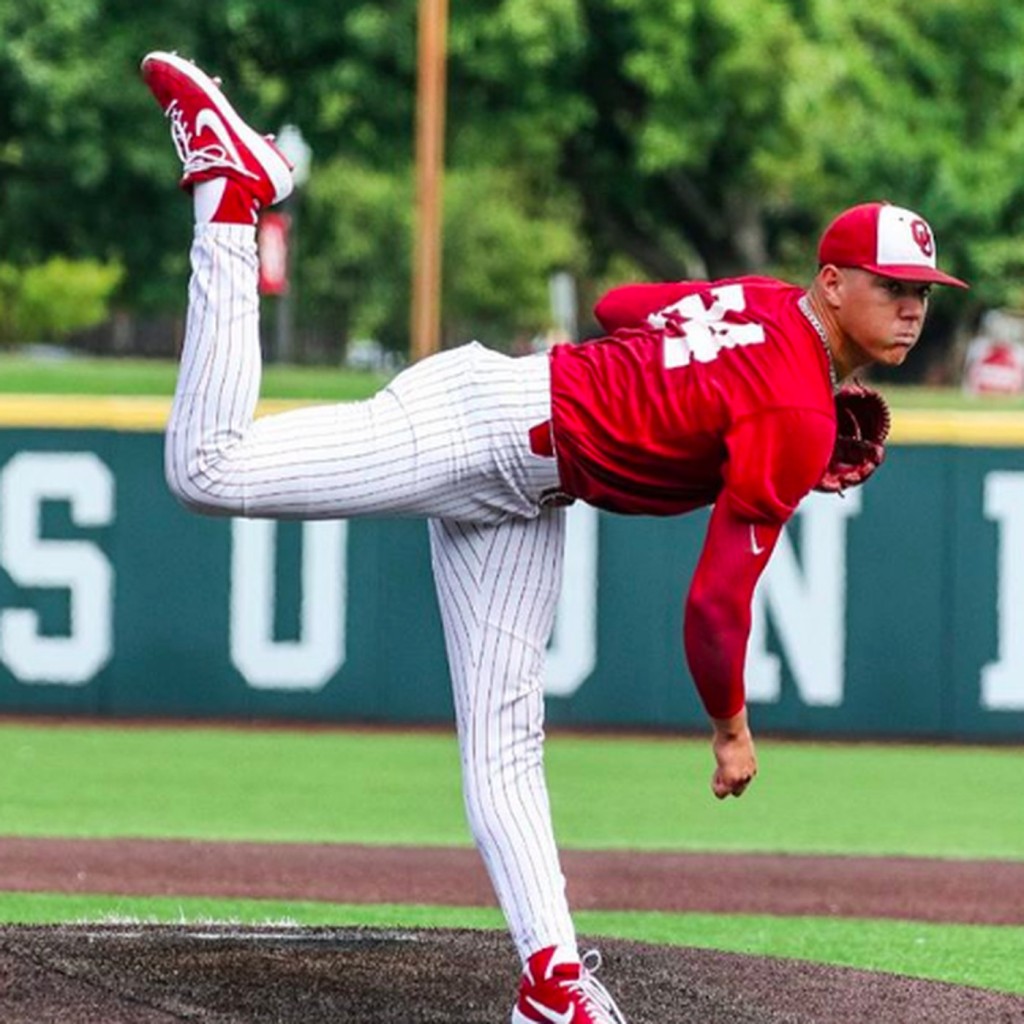
The 2021 season is almost upon us, which means that the pre-2021 “prospect season” is now winding to a close. One of the last two major prospect-analysis shops in MLBpipeline.com released their rankings for the Nats, so as we’ve done in the past lets take a look and comment on their rankings versus the collective hive of other analysts.
MLBPipeline’s analysis is primarily the work of three people: Jim Callis, Jonathan Mayo, and Sam Dykstra (formerly Mike Rosenbaum, who is now a baseball writer free agent apparently).
We’ve now seen Nats rankings from BA, BP, MLBpipeline, Espn/McDaniel, Athletic/Law, Bleacher Report, CBS Sports, Prospects1500, and Fantrax. The only major shop left is Fangraphs/Longenhagen, who is nearly done releasing team-by-team rankings, and when he does we’ll publish a post for his list like this one.
Thoughts on the MLBpipeline list are below; I won’t repeat the actual list of the top 30; that’s more easily seen here, with links to video and scouting reports by clicking on the player names. There’s been a ton of movement from the last time they ranked the system at the end of December in the wake of the Josh Bell trade.
- At the top, Cavalli over Rutledge: they’ve switched these guys at the top since December. Rutledge is given a grade-70 fastball was also recently named the Nats prospect with the best FB, but doesn’t have the secondary pitch depth that Cavalli has.
- Same top 3 as basically everyone else: Cavalli, Rutledge, Henry.
- Antuna up to #4; three months ago they had him at #10, and this ranking is really in line with many of the other shops. I continue to believe he could be an impactful player this year at the MLB level, despite being optioned officially over the weekend to AAA with the team’s first cuts of 2021.
- De La Rosa jumped up to #6; they’re the most bullish of the shops on this kid. All we have to go on is crummy 2019 GCL numbers when he was 17, so this will be an illuminating year.
- Recent IFA signing Armando Cruz debuts at #7 … wow. That’s pretty frigging high for a 16yr old, no matter what $$ he just got.
- Like most shops, they’ve dropped Denaburg nearly out of the top 10 at this point. I’d like to point out that Denaburg will turn 22 in August, is in his fourth pro season and has a grand total of 20 1/3rd professional innings pitched. I get that he’s been unlucky with injury, but man I’d like to see something out of the guy in 2021.
- Infante comes in at #13, in line with other shops but drastically increased by MLBpipeline since Dec, when they had him #24. What changed? Did they suddenly decide his scouting reports merited this drastic increase?
- Romero unceremoniously dumped from #7 in December all the way to #18. #18 in a prospect list for a farm system is basically saying, “this guy is lucky to have a AAA job.” By way of comparison, Tres Barrera is #19; does anyone consider Barrera a prospect anymore? I get the ranking; his velocity and performance in the majors last year was really concerning; if he can’t cut it as an effective starter, does he even have the arm to be an effective reliever? The team seems to be turning him back into a starter; does he have the stuff to be an effective starter? What happened to the guy with two 60-grade pitches coming out of college?
- Braymer comes in at #21. If I were to hide draft pedigree and signing bonuses, and just put Braymer and Romero’s career accomplishments side by side … how in god’s name do you rank Braymer below him? One guy has a significant minor league pedigree of accomplishment and actually succeeded in 2020’s MLB appearances, while the other guy …. didn’t.
- Fuentes: another guy who I feel gets downgraded when evaluators look at this bonus amount versus his results. He’s a worm-burner with a heavy fastball that just gets people out, at every level. If I told you that, at the age of 21, the Nat’s had a 1st rounder reach AA and put up a 2.69 ERA and a 63/15 K/BB ratio in 63 innings (Fuentes’ 2019 age-21 season AA numbers), we’d be talking about him being the next Strasburg. But since its Fuentes … he’s barely a prospect. He’s a guy I hope proves the pundits wrong.
- Schaller’s ranking takes a nose dive, from #16 to #27. I’m not sure why; he was decent in 2019 in Low-A, he’s got a good pedigree (a starter from Vanderbilt). He missed some 2019 time with injury, but it wasn’t arm related. Why dump him so far? I think he could make a statement in 2021.
- Sanchez, like with BA’s ranking, is thrown in at #30 almost entirely based on the spin rate on his curve (3,000 rpms, which is MLB elite). He’ll use his age-18 season hopefully to pitch in the GCL and impress the staff.